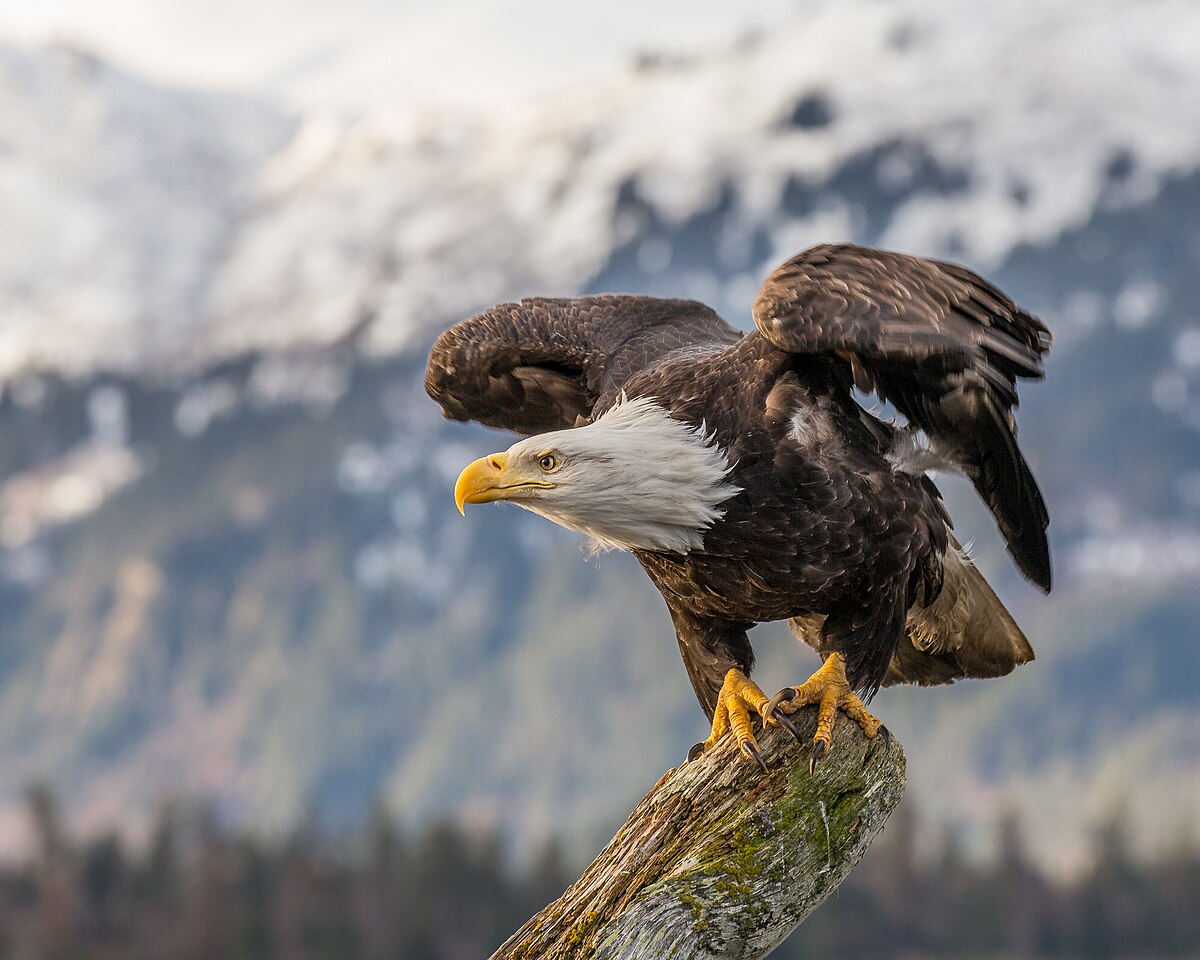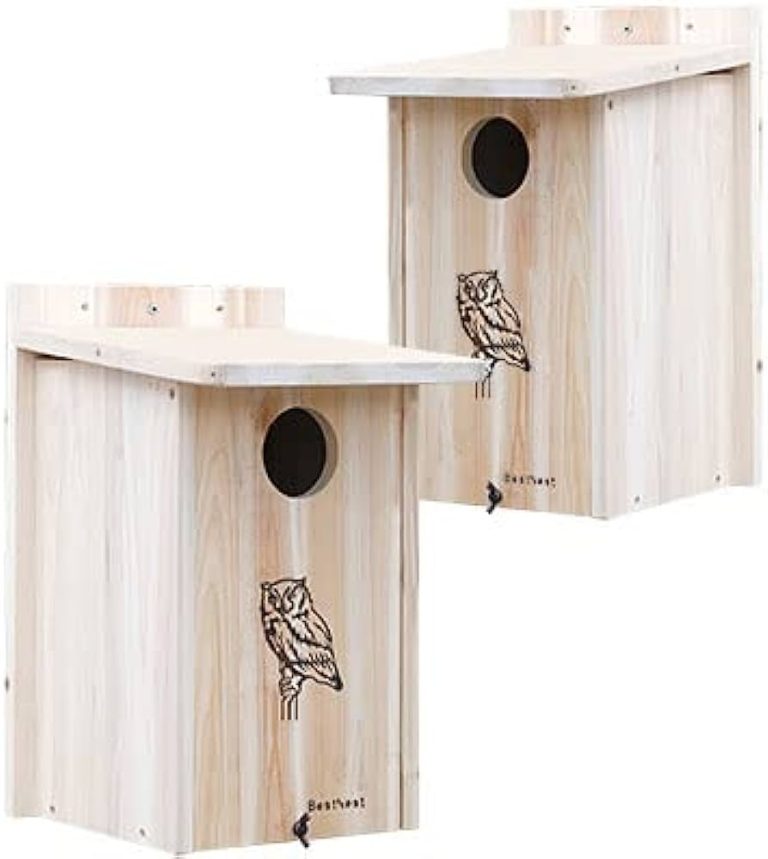Unlocking the Mystery: Male and Female Eagles Revealed!
Introduction: The Majesty of Eagles—But Can You Tell Them Apart?
Eagles are majestic, powerful, and awe-inspiring birds. From the iconic Bald Eagle soaring across American skies to the fierce Golden Eagle dominating highland cliffs, these raptors command admiration. But there’s one question that often puzzles bird watchers and nature lovers alike: how can you tell the difference between a male and female eagle?
At a glance, they appear nearly identical. But nature has equipped them with subtle distinctions. In this article, we’ll unravel the mystery, looking at the biological, behavioral, and environmental cues that set male and female eagles apart. Whether you’re a backyard birder, wildlife photographer, or eagle enthusiast, you’re about to gain a sharper eye.
1. Size Matters: The Most Reliable Way to Tell
The most consistent difference between male and female eagles is size. In almost every eagle species, females are larger than males. This phenomenon is known as reverse sexual dimorphism, and it’s especially noticeable in birds of prey.
- Female eagles can be up to 30% larger and significantly heavier than males.
- For instance, a female Bald Eagle can weigh up to 14 pounds, while males typically weigh 8 to 10 pounds.
- Females also tend to have a wider wingspan and larger feet.
Why the size difference? Biologists believe the extra size helps females during nesting and egg incubation, while the smaller size makes males more agile hunters.
Tip for Observers: When viewing a mated pair side by side, the larger one is almost always the female.
2. Beak and Talon Differences
While size is the clearest indicator, some subtle anatomical differences can help:
- Females tend to have slightly deeper, broader beaks.
- Their talons are often larger and thicker, particularly the rear talon (hallux), used for killing prey.
However, these differences are hard to notice unless the eagles are very close or you’re handling one (which, for most of us, is unlikely and illegal without proper credentials).
3. Behavior Tells the Story
During the breeding season, behavioral cues can offer great insight:
- Females typically spend more time at the nest, especially during egg-laying and early incubation.
- Males do most of the hunting during this period, delivering food to the nesting female.
- In aerial displays or courtship flights, males are often more active, showcasing their agility and stamina.
Behavior can vary by species and environment, but in general, the more nurturing bird on the nest is the female.
4. Vocalizations and Sounds
Although both sexes can make similar sounds, some eagle species show slight differences:
- In Bald Eagles, females often have deeper and harsher calls, while males have a more high-pitched tone.
- These differences can be very subtle and usually require close observation or audio analysis.
If you hear a pair calling back and forth, you might be able to notice which is which with practice and comparison.
5. Genetic Testing: The Only 100% Certain Method
Despite the clues above, there is only one foolproof way to determine an eagle’s sex: DNA testing.
- A small sample of blood or feathers can reveal the sex through genetic analysis.
- Wildlife biologists and conservationists use this method, especially for population studies and captive breeding programs.
For the casual observer, though, this isn’t a practical solution—so we rely on field markers.
6. Do All Eagle Species Show These Differences?
Yes, reverse sexual dimorphism is consistent across nearly all eagle species:
- Golden Eagles: Females are bigger and bulkier, especially noticeable in their talons and beaks.
- Harpy Eagles: Females can weigh twice as much as males!
- Steppe and Martial Eagles: Size difference is less extreme but still present.
Understanding these traits can help observers identify eagles in the wild and gain insight into their behavior.
7. Why Does Gender Matter in the Wild?
Sex differences play a critical role in eagle survival and reproduction:
- Nest protection and egg care fall largely to the female.
- Provisioning and territorial defense are often led by the male.
- Larger female size may help deter predators or rivals.
In captive breeding programs, knowing the sex helps match appropriate pairs and manage genetics.
8. Common Misconceptions About Male vs. Female Eagles
- Myth: Males have white heads; females don’t.
Truth: Both sexes develop white heads and tails at around 4-5 years of age in species like Bald Eagles. - Myth: You can tell by eye color.
Truth: Eye color changes with age, not gender. - Myth: Only males do the hunting.
Truth: Both hunt, but males often take the lead during nesting periods.
9. Spotting Eagle Pairs in the Wild
If you want to identify a male and female eagle in the wild:
- Look for a nesting pair during breeding season.
- Observe which bird is stationed at the nest (usually the female).
- Notice relative size when they perch side by side.
- Watch for food deliveries (often the male brings prey).
With patience and practice, these subtle differences become easier to detect.
10. What About Juvenile Eagles?
Telling the sex of juvenile eagles is even harder:
- Plumage is typically identical regardless of gender.
- Size difference exists but is hard to gauge without comparison.
- Juveniles go through several molts before developing adult coloration.
Researchers usually rely on banding records or DNA testing for sex identification in young eagles.
Conclusion: Let the Eagles Show You Who They Are
Male and female eagles may look like mirror images, but with a sharp eye and some field knowledge, the differences become clear. From size and behavior to subtle anatomy and calls, these clues help us understand the lives of these magnificent raptors.
Whether you’re watching a nesting pair from afar or studying photos through binoculars, remember: nature leaves us clues. All we need to do is pay attention.
So the next time you see a pair of eagles soaring above—ask yourself, who’s who? You might just know the answer.
Frequently Asked Questions Of How To Tell The Difference Between Male And Female Eagles
How Can I Tell If An Eagle Is Male Or Female?
To tell if an eagle is male or female, you need to look at their physical features. Females are usually larger and have a deeper, wider beak. Males have narrower wings and are lighter in weight.
Do Male And Female Eagles Have Different Feather Colors?
No, male and female eagles have the same feather colors, and it’s almost impossible to tell the genders apart without a close physical examination or observation.
What Is The Size Difference Between A Male And Female Eagle?
Female eagles are generally larger than male eagles, with a wingspan that can be up to six feet. Males, on the other hand, have wingspans that can be up to five feet.
What Is The Difference In Behavior Between Male And Female Eagles?
There is no fundamental difference in behavior between male and female eagles. Both male and female eagles have similar hunting, soaring, and reproductive activities.
How Do Male And Female Eagles Share Responsibilities?
Both male and female eagles share responsibilities for nurturing their young and building the nest. The females are usually responsible for protecting the eggs and incubation, while the males bring food to the nest and help protect their eaglets.








